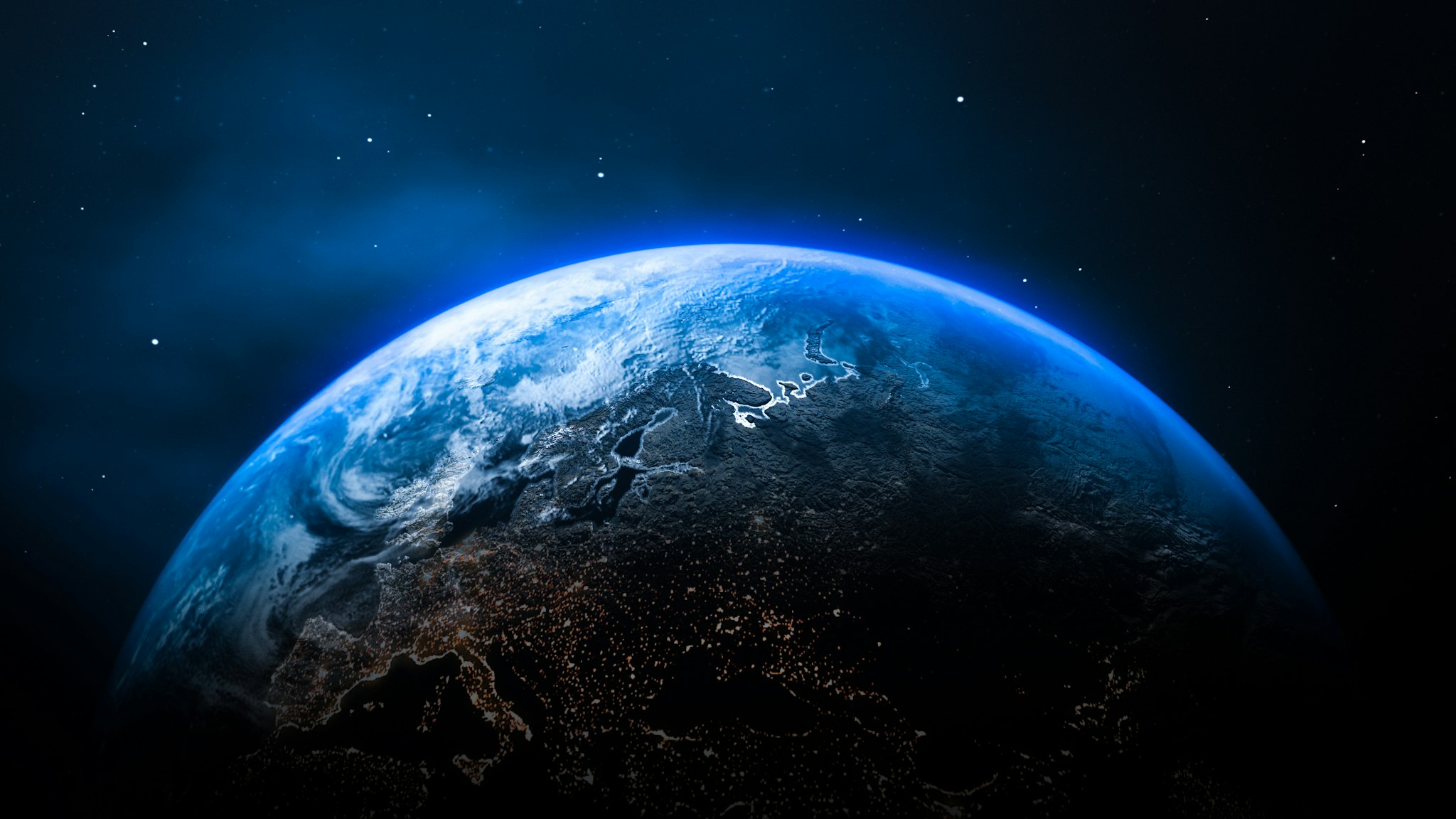NASA researchers have discovered a “Super Earth” in our Milky Way galaxy that is within its host star’s habitable zone and may contain water on its surface, which could indicate the presence of life.
TOI-715 b, which the scientists discovered using the Transiting Exoplanet Survey Satellite (TESS), lies 137 light years from Earth, and is estimated to be one and a half times as wide as Earth. Although it rests much closer to its star than the Earth to the Sun and orbits it every 19 days (as opposed to the Earth’s 365-day orbit) the star is a red dwarf, far cooler than our Sun, thus permitting the planet the possibility of life.
“These planets make far closer orbits than those around stars like our Sun, but because red dwarfs are smaller and cooler, the planets can crowd closer and still be safely within the star’s habitable zone,” NASA stated. “The tighter orbits also mean those that cross the faces of their stars – that is, when viewed by our space telescopes – cross far more often.”
“The same system also might harbor a second, Earth-sized planet,” NASA continued. “If the possible second, Earth-sized planet in the system also is confirmed, it would become the smallest habitable-zone planet discovered by TESS so far.”
NASA is hoping the James Webb Telescope might examine the planet to determine if it contains an atmosphere. “Much will depend on the planet’s other properties, including how massive it is and whether it can be classed as a ‘water world’ – making its atmosphere, if present, more prominent and far less difficult to detect than that of a more massive, denser and drier world, likely to hold its lower-profile atmosphere closer to the surface,” NASA states.
CLICK HERE TO GET THE DAILYWIRE+ APP
The paper announcing the discovery, “A 1.55 R⊕ habitable-zone planet hosted by TOI-715, an M4 star near the ecliptic South Pole,” was published in the journal, “Monthly Notices of the Royal Astronomical Society.” The Gemini-South, Las Cumbres Observatory telescopes, the ExTrA telescopes, the SPECULOOS network, and the TRAPPIST-south telescope aided the confirmation of the discovery.

